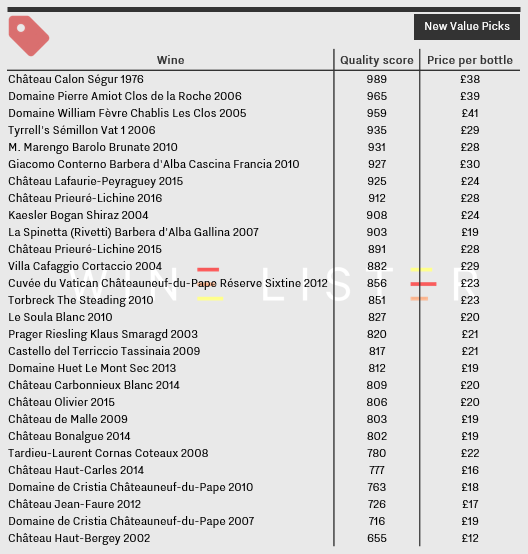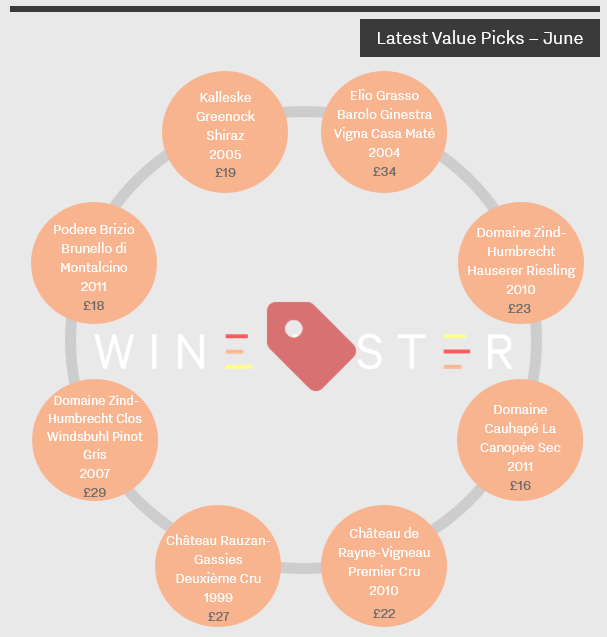Wine Lister’s holistic, dynamic rating system tracks a wine’s performance over time. By constantly analysing a wine’s brand strength and economic performance, as well as updating its Quality score as it is retasted by our partner critics, Wine Lister’s ratings evolve over time, as demonstrated by our new score history tool.
Wine Lister’s Economics score is a perfect case in point. Reacting to the very latest market data, it analyses a wine’s performance across several criteria: three-month average bottle price; short and long-term price performance; price stability; and liquidity. A strong showing across these criteria is what defines the five wines in this week’s Listed section – Bonnes-Mares’ top wines by Economics score.

Whilst all five achieve Economics scores that put them amongst the very strongest on Wine Lister, it is Domaine Georges Roumier’s Bonnes-Mares that leads the way with an outstanding score of 970. It is the most liquid of the five, its five top-selling vintages having traded 414 bottles over the past four quarters.
In second-place is Domaine d’Auvenay’s Bonnes-Mares (967). Underlining the Queen of Burgundy’s continuing surge in demand, it has a remarkable three-year CAGR of 35.6% (nearly double that of Domaine Jacques-Frédéric Mugnier’s Bonnes-Mares, its closest rival in that criterion). Its price is the highest of the group by a considerable distance, at £1,902.
Domaine Comte Georges de Vögué fills the third spot with its Bonnes-Mares’ Economics score of 942. One of the group’s two Buzz Brands, it is the second most-traded of the five (327 bottles), and has strong short-term price performance, its price having increased 11.2% over the past six months.
The Bonnes-Mares from Domaine Jacques-Frédéric Mugnier and Maison Joseph Drouhin fill the last two spots. Whilst they display similarly modest levels of liquidity (having traded 63 and 68 bottles over the past four quarters respectively), Mugnier leads Drouhin thanks to its considerably higher price (£436 vs £281) and superior long-term price performance (three-year CAGR of 18.2% vs 13.9%).
And thanks to Wine Lister’s approach, these scores will continue to change over time, meaning that they are always relevant and reflect the wine’s evolving position in the market.










